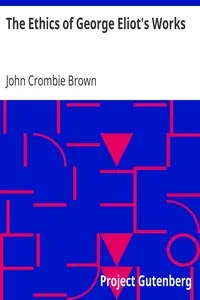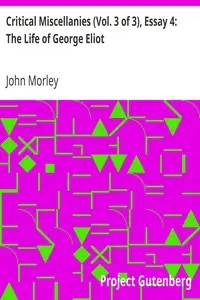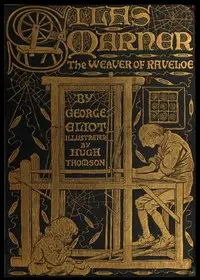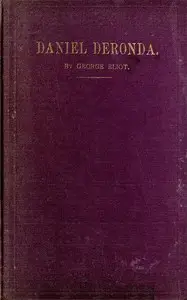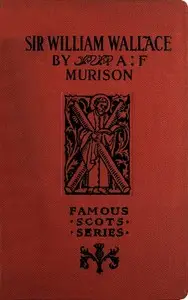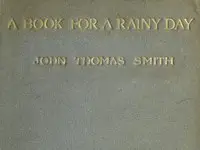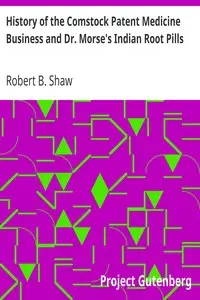"The Essays of 'George Eliot'" by George Eliot is a compilation of thought-provoking essays from the late 1800s which inspect humanity, social behaviors, and the world of books. The author's keen observations on reasons and individual qualities are showcased throughout the work; the preface starts the collection by acknowledging public interest regarding the author's previous works and emphasizing her special skill for analyzing human motives. The collection then transitions into conversations about the part women take in society and in stories, referencing characters such as Dorothea Brooke. A major idea surfaces when considering how things seem outwardly versus how they truly are inside, along with the limits put upon women's existence, fostering a dialogue about one’s self, views of society, and intense feelings.
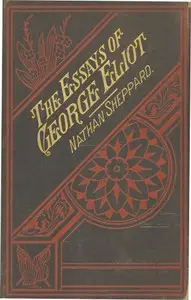
The Essays of "George Eliot" Complete
By George Eliot
Explore the realities of women in society and literature through thoughtful reflections on identity, societal expectations, and humanity itself.
Summary
About the AuthorMary Ann Evans, known by her pen name George Eliot, was an English novelist, poet, journalist, translator, and one of the leading writers of the Victorian era. She wrote seven novels: Adam Bede (1859), The Mill on the Floss (1860), Silas Marner (1861), Romola (1862–1863), Felix Holt, the Radical (1866), Middlemarch (1871–1872) and Daniel Deronda (1876). As with Charles Dickens and Thomas Hardy, she emerged from provincial England; most of her works are set there. Her works are known for their realism, psychological insight, sense of place and detailed depiction of the countryside. Middlemarch was described by the novelist Virginia Woolf as "one of the few English novels written for grown-up people" and by Martin Amis and Julian Barnes as the greatest novel in the English language.
Mary Ann Evans, known by her pen name George Eliot, was an English novelist, poet, journalist, translator, and one of the leading writers of the Victorian era. She wrote seven novels: Adam Bede (1859), The Mill on the Floss (1860), Silas Marner (1861), Romola (1862–1863), Felix Holt, the Radical (1866), Middlemarch (1871–1872) and Daniel Deronda (1876). As with Charles Dickens and Thomas Hardy, she emerged from provincial England; most of her works are set there. Her works are known for their realism, psychological insight, sense of place and detailed depiction of the countryside. Middlemarch was described by the novelist Virginia Woolf as "one of the few English novels written for grown-up people" and by Martin Amis and Julian Barnes as the greatest novel in the English language.



